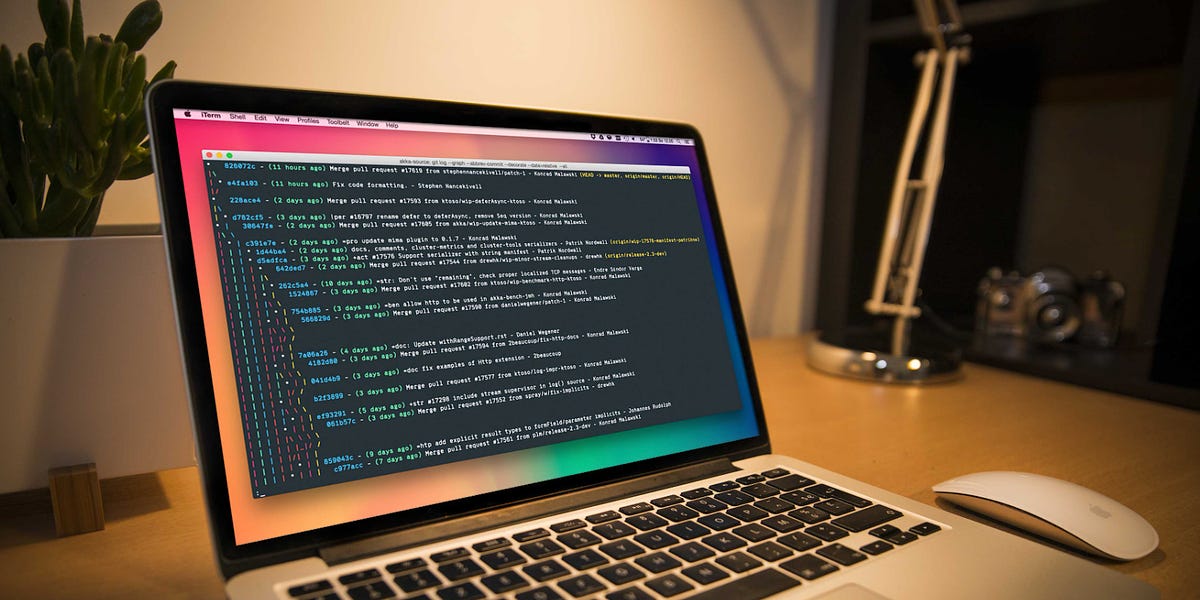How I setup my terminal for max productivity

🌈 Abstract
The article discusses how the author set up their terminal for maximum productivity, including the use of the iTerm2 terminal application, the zsh shell, the oh-my-zsh plugin manager, terminal theming, and various terminal plugins and utilities.
🙋 Q&A
[01] Terminal app, shell, and plugin manager
1. What terminal application does the author recommend using instead of the default Terminal app on Mac? The author recommends using iTerm2, which allows for more customization than the default Terminal application.
2. What shell does the author recommend using instead of bash? The author recommends using zsh, which is a replacement for bash and allows for integration with the oh-my-zsh plugin manager.
3. What is oh-my-zsh and how does the author use it? Oh-my-zsh is a plugin manager for zsh that allows the author to easily optimize their zsh configuration in the .zshrc file. The author uses oh-my-zsh to integrate various plugins that enhance their terminal experience.
[02] Theming
1. What terminal theme does the author use? The author uses a material design colors theme for iTerm2, which gives the terminal a sleek and modern appearance.
2. What terminal prompt customization tool does the author use? The author uses the Starship terminal prompt customization tool to create a simple prompt that displays the current directory, git branch, and git status.
[03] Plugins
1. What are the key oh-my-zsh plugins the author uses? The author uses the following oh-my-zsh plugins:
- git: Adds aliases for common git commands
- zsh-autosuggestions: Suggests past commands to reduce typing
- zsh-syntax-highlighting: Highlights valid and invalid commands
- zsh-completions: Adds additional tab completions
2. What other non-oh-my-zsh plugin does the author use? The author also uses the SCM Breeze plugin, which provides numbered shortcuts for working with git files.
[04] Aliases and history config
1. What are some of the custom aliases the author uses? The author uses aliases for quickly accessing and editing configuration files, such as .zshrc, .gitconfig, and .ssh/config.
2. How does the author configure the command history? The author configures the command history to include timestamps, increase the history size, and ignore certain commands.
[05] Command line utilities
1. What are some of the command line utilities the author recommends? The author recommends the following command line utilities:
- gh: GitHub CLI
- bat: Improved cat command with syntax highlighting
- bottom: Graphical system monitor
- jq: JSON data querying
- fzf: Interactive fuzzy finder
- fd: Improved find command
- ripgrep: Improved grep command
- tldr: Simplified man pages
- mcfly: Improved reverse search
- procs: Improved ps command
2. Are there any other utilities the author plans to try in the future? The author mentions they want to try out Tmux for window management and integrate AI-powered tools like ai-shell or shell-gpt into their terminal.